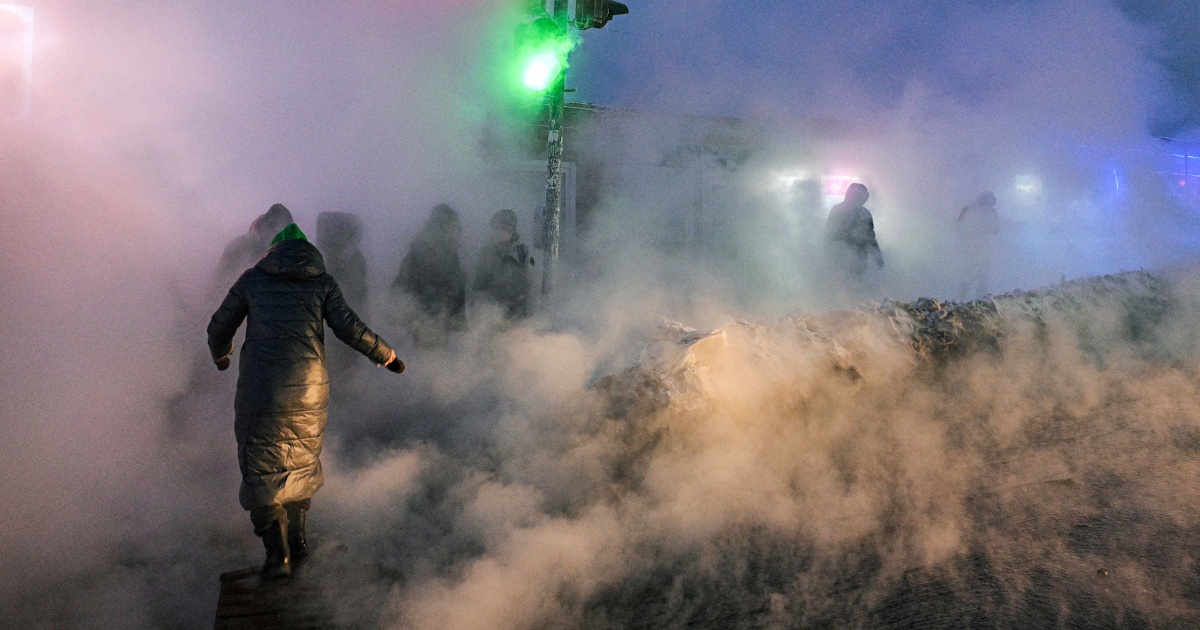Across Russia, creaking infrastructure and a wave of accidents have plunged households into the cold in the depth of winter, fueling rare showings of public frustration.
Two electric radiators were not enough to keep Russian pensioner Elena Grezkaya-Silko from shivering in her one-bedroom apartment.
After two major utility network accidents last month, she struggled to stay warm at home in the Siberian city of Novosibirsk, where temperatures regularly dip below minus 4 degrees Fahrenheit in January.
After the first accident Jan. 11, due to what authorities said was a defect in the main heating network, the heating batteries inside her apartment went cold, with only lukewarm and intermittent heating in her bathroom and kitchen. Then, a hot water pipe burst on the street near her building Jan. 17, sending a geyser of hot water and steam into the air.
Her bedroom remained “icy cold” after that, she told NBC News in a phone interview last month.



This is the best summary I could come up with:
After two major utility network accidents last month, she struggled to stay warm at home in the Siberian city of Novosibirsk, where temperatures regularly dip below minus 4 degrees Fahrenheit in January.
But her freezing frustrations are far from unique: Across Russia, creaking infrastructure and a wave of accidents have plunged households into the cold in the depth of winter, fueling rare showings of anger and irritation in a country where public criticism has been increasingly quashed.
Throughout late December and early January, Russian media was awash with coverage of accidents involving the country’s sprawling utility networks, which consist of heating and hot water mains.
Numerous videos shared online in late December and January showed boiling hot water and rolls of steam escaping burst pipes inside people’s homes and apartment buildings.
According to Russia’s Construction and Communal Services Ministry, there are plans to invest at least 4.5 trillion rubles (more than $49 billion) in modernizing utility infrastructure up to 2030, but the reality on the ground means the number of accidents continues to grow.
Still, the Kremlin would have preferred to avoid any hints of internal dissent less than two months before the election, especially when it could raise questions about government spending priorities amid the colossal costs of Putin’s war in Ukraine.
The original article contains 1,218 words, the summary contains 213 words. Saved 83%. I’m a bot and I’m open source!